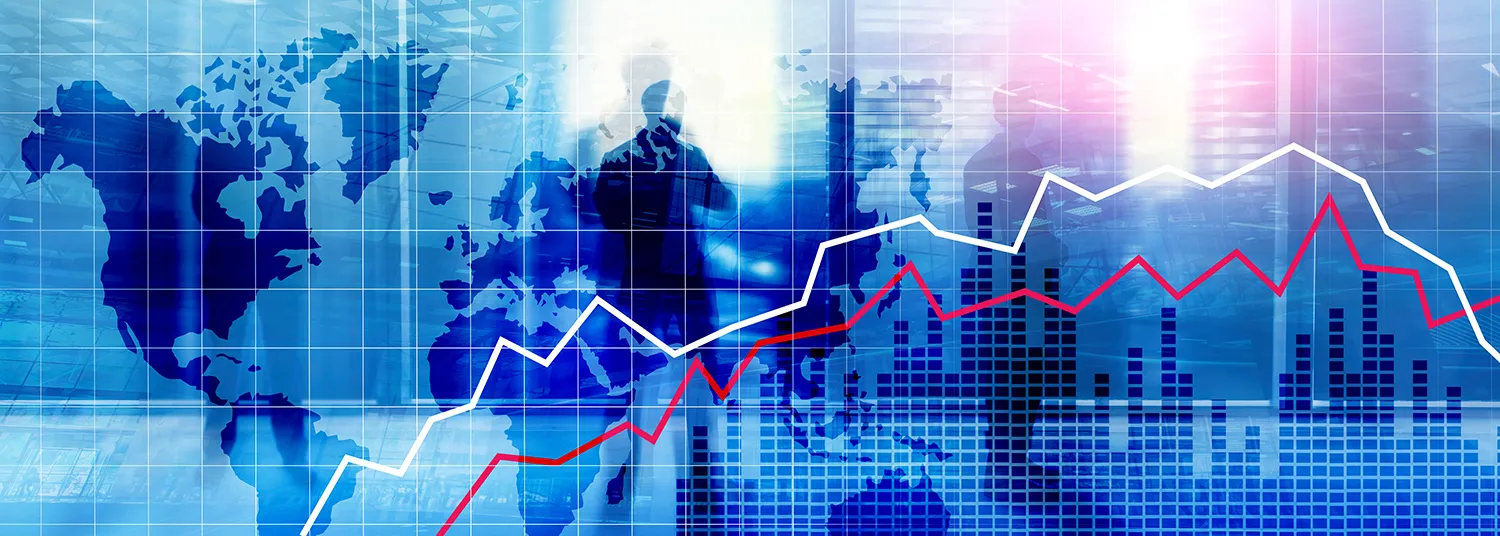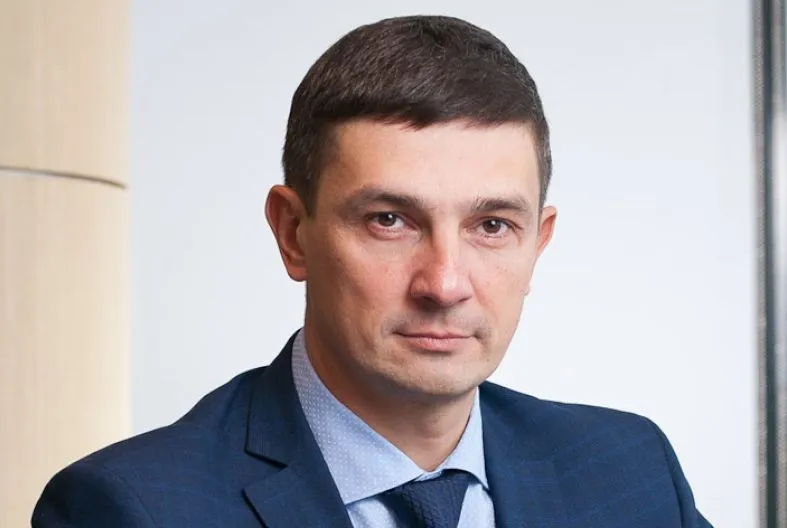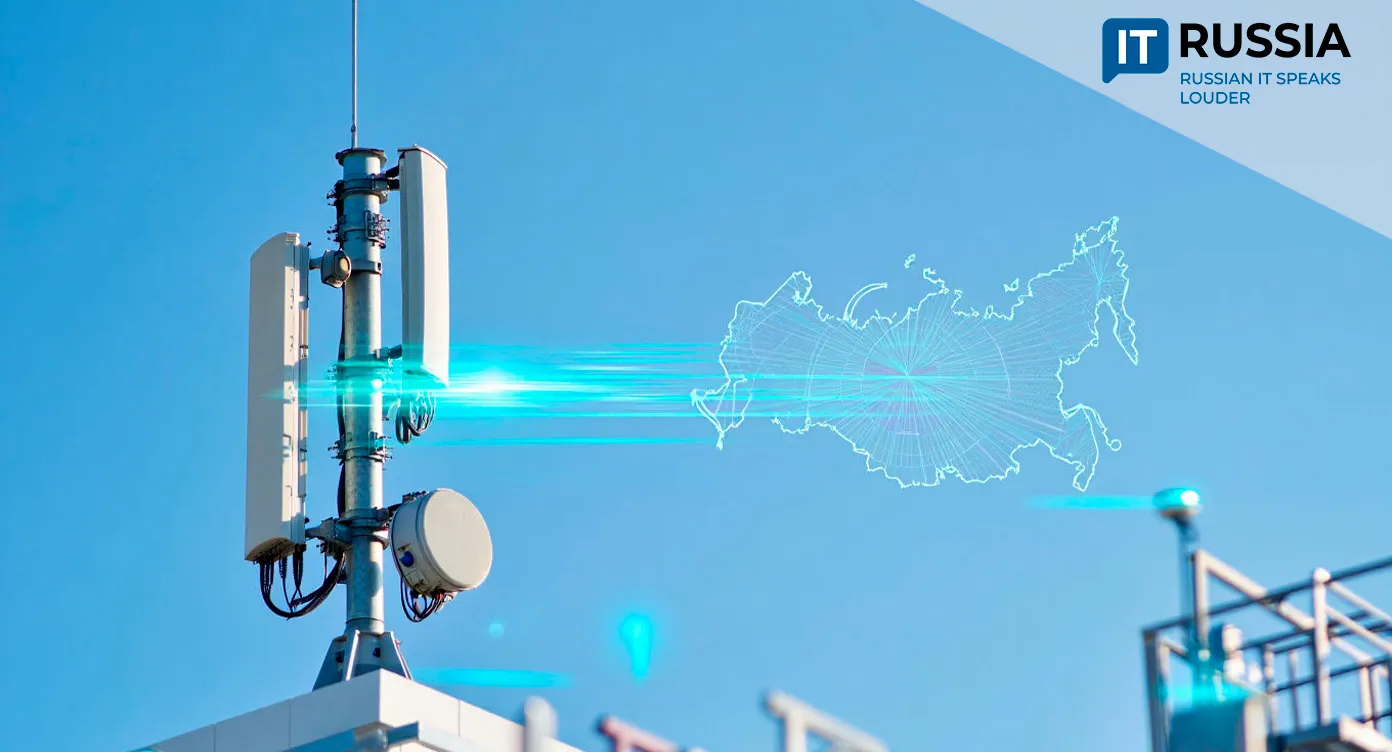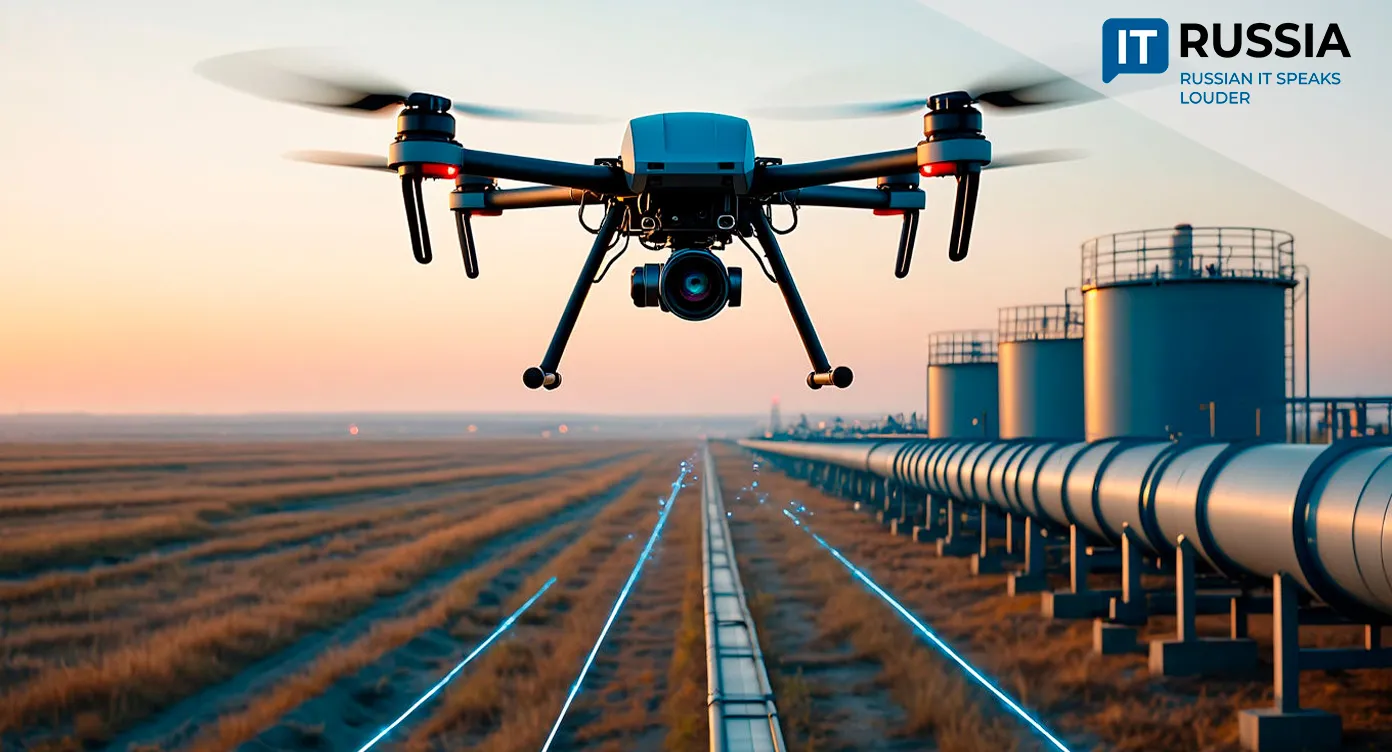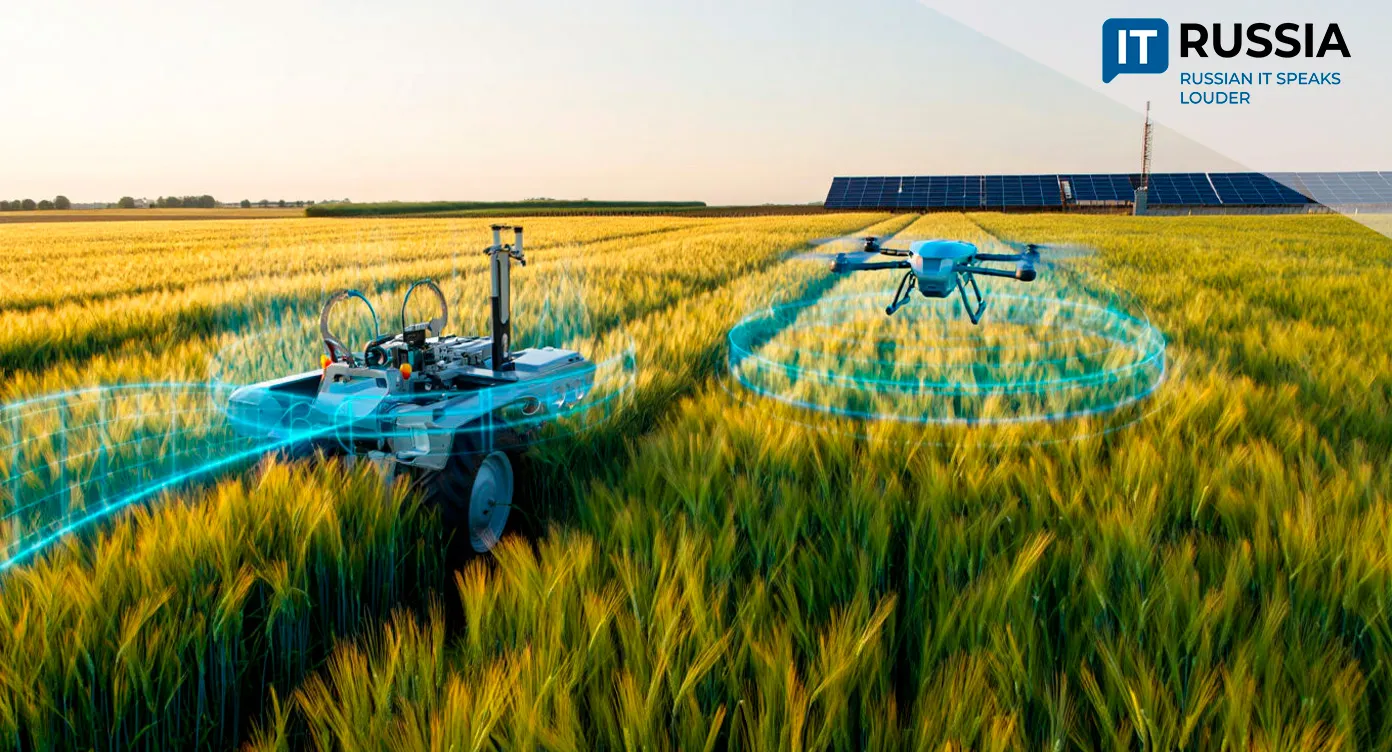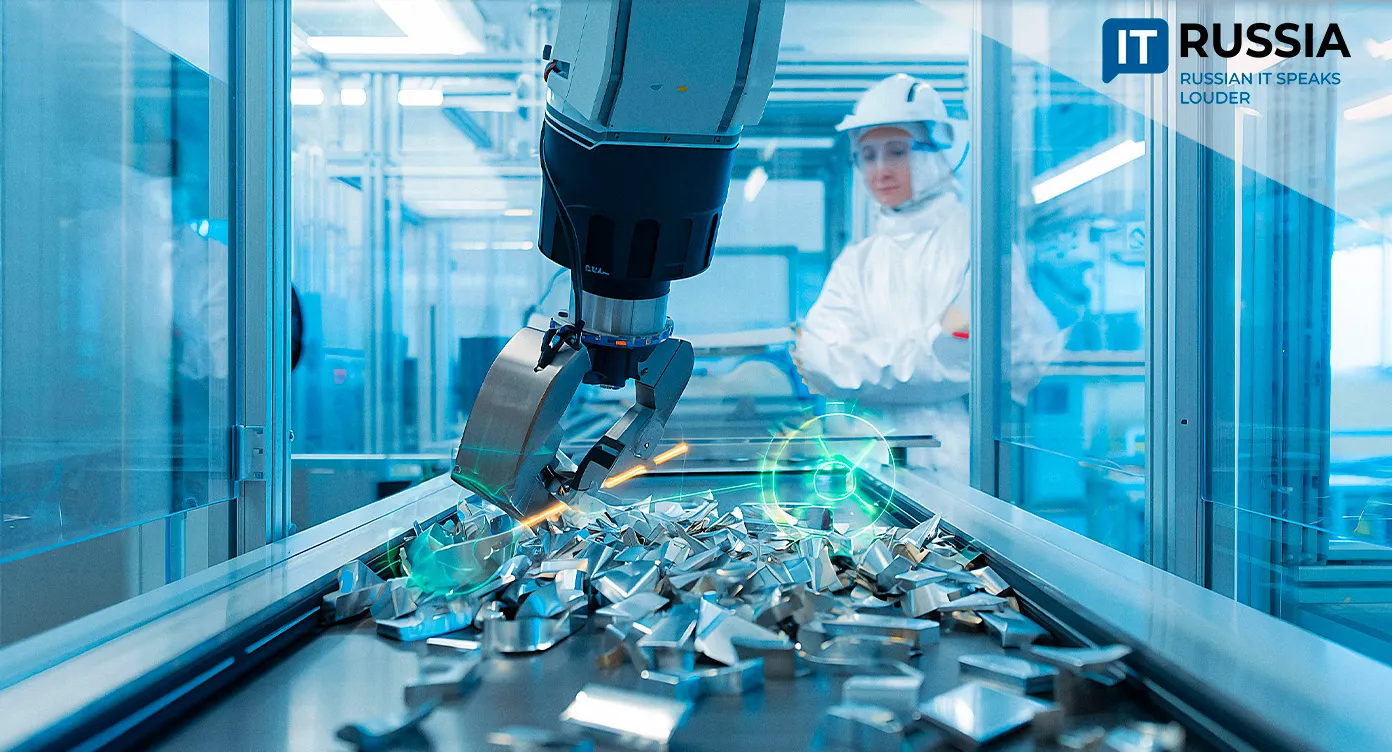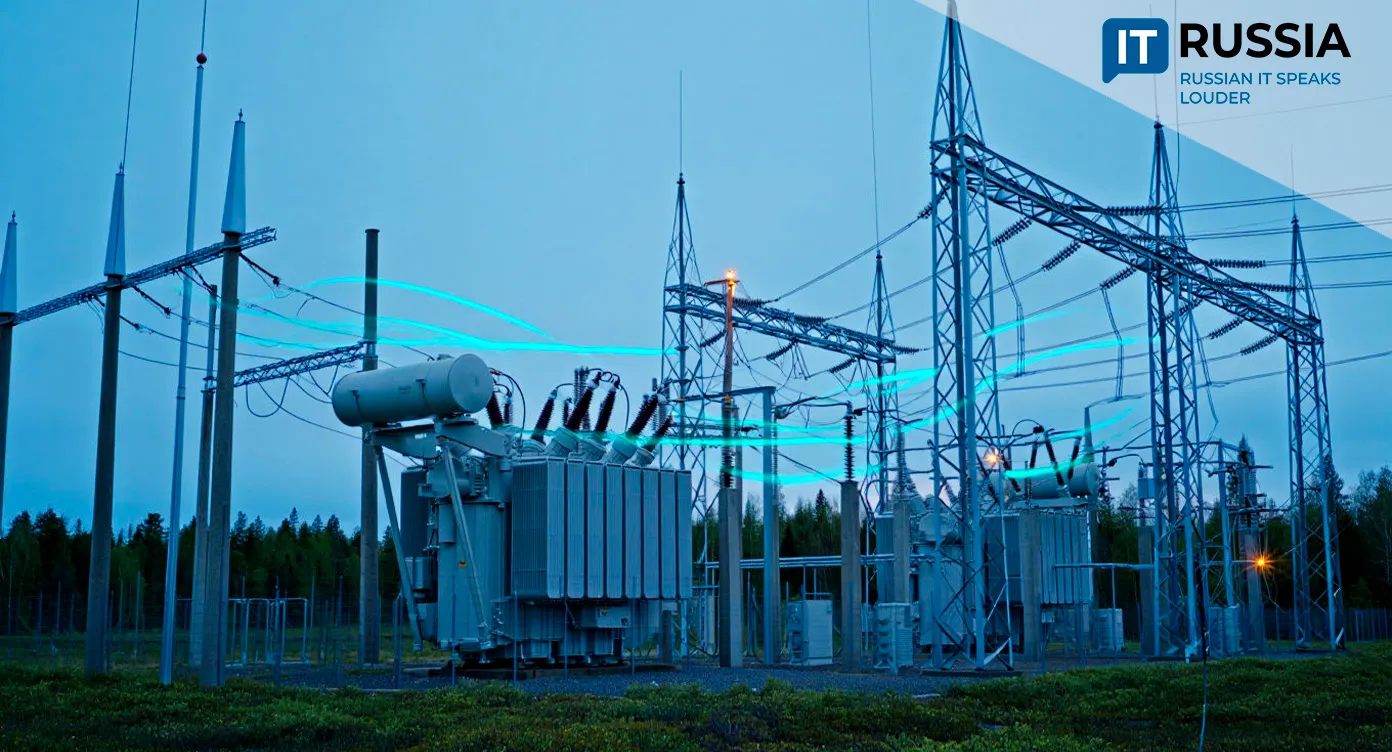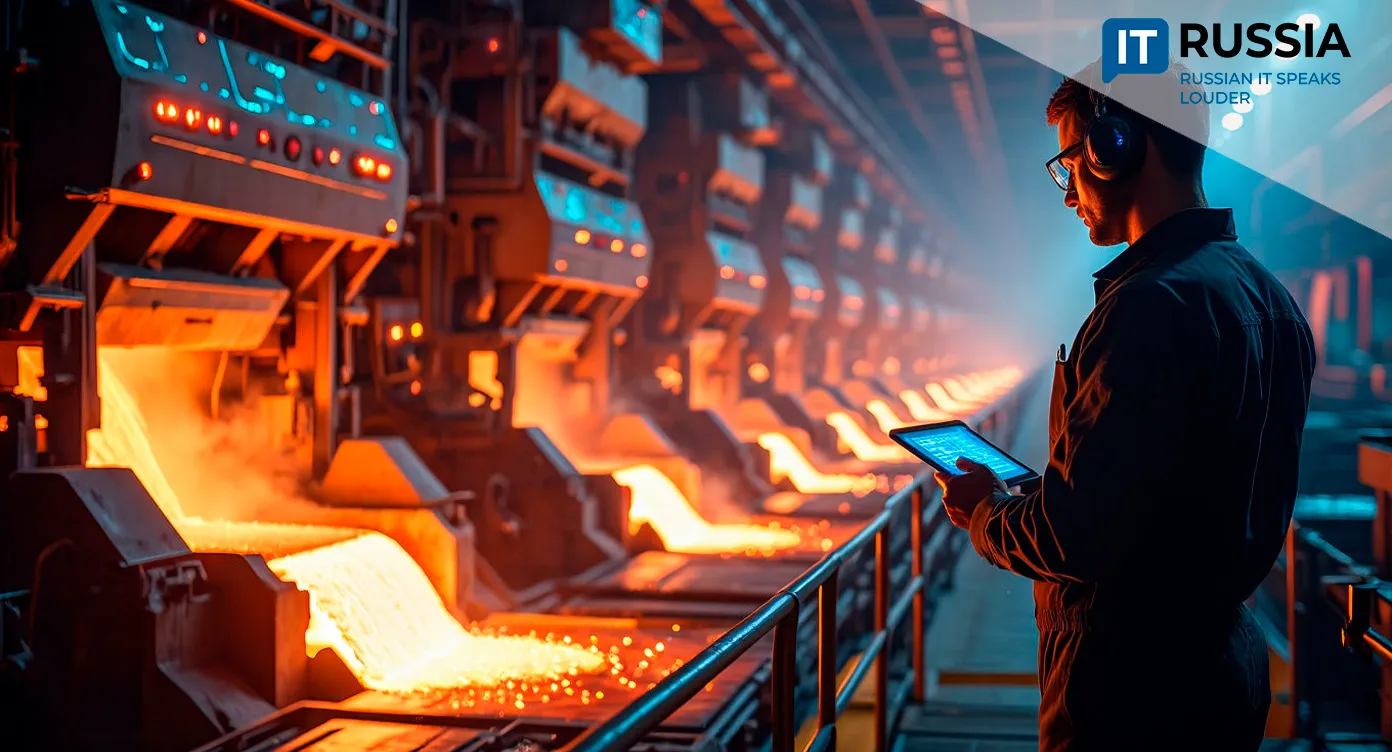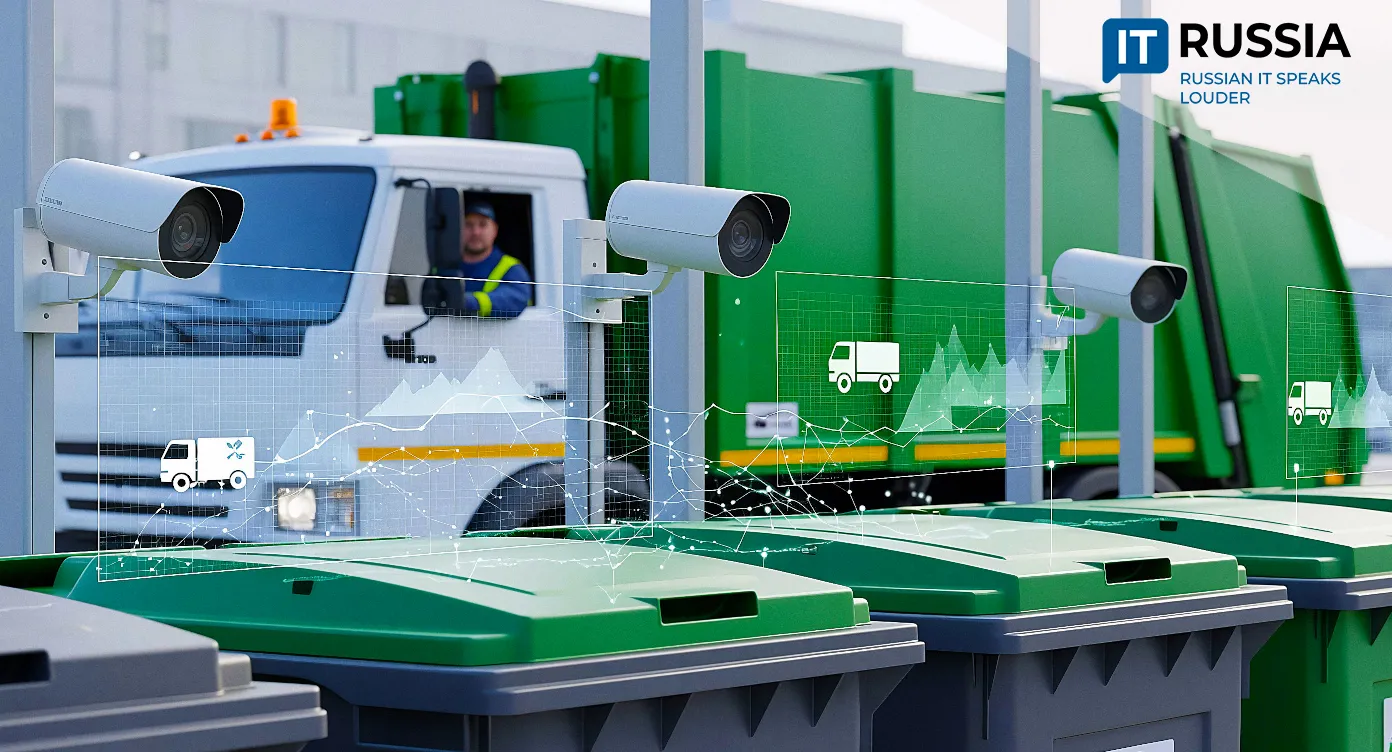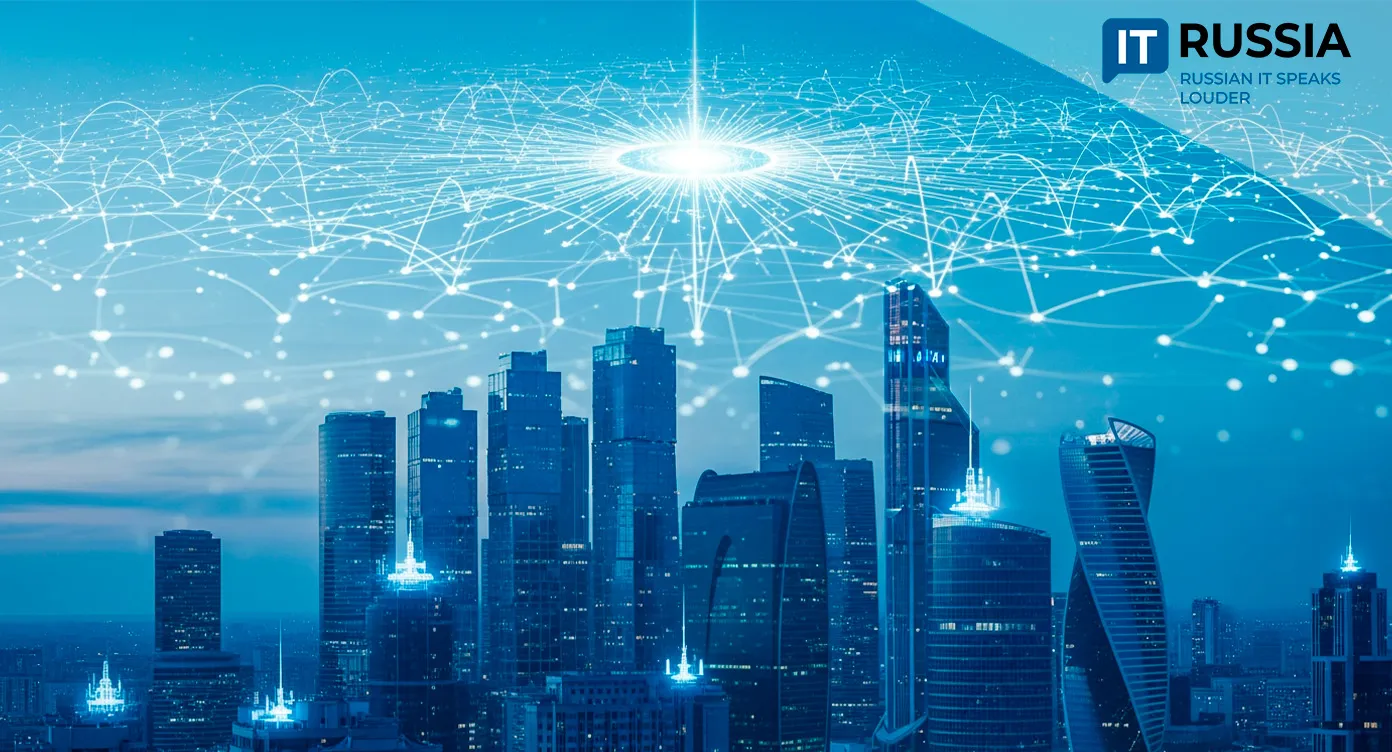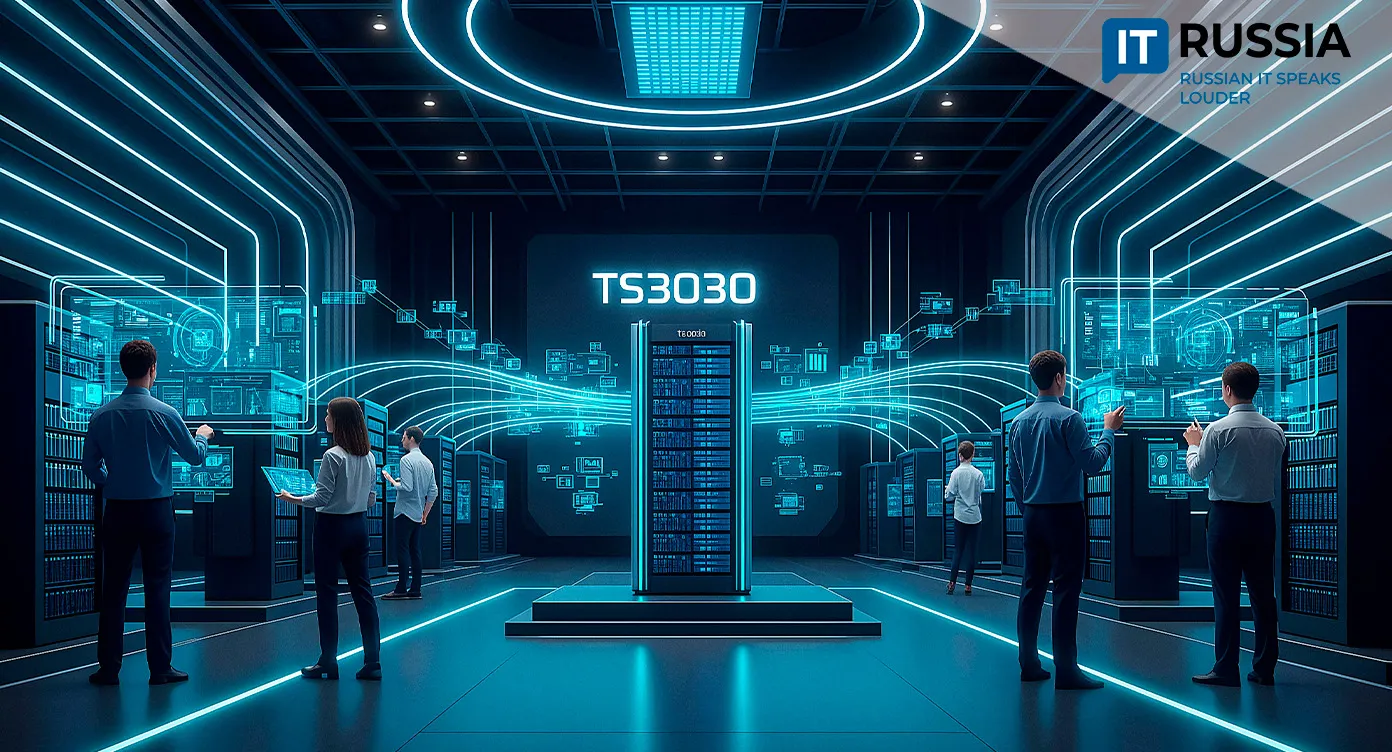Investors Are Flocking to Russia’s Digital Financial Assets
Russia’s fast-growing market for digital financial assets (DFAs) is emerging as a new driver of the country’s digital economy. Amid rising investor interest and high borrowing costs, DFAs are becoming a preferred alternative for raising capital and diversifying portfolios.

A Market Shift Worth Half a Trillion
In the first half of 2025, Russia’s DFA market experienced a dramatic leap forward: 500 billion rubles—roughly $5.5 billion—were raised through digital assets in just six months. That figure equals the total volume accumulated since the market’s inception in 2023, according to Kirill Pronin, Director of the Financial Market Infrastructure Department at the Bank of Russia. The data was presented at the strategic session 'Key Issues in the Development of Digital Finance in Russia' during the III Forum 'Digital Finance: A New Economic Reality.'
This growth reflects years of steady work in building a regulatory framework, technical infrastructure, and, most importantly, trust among businesses and investors. For companies facing expensive credit, DFAs offer a flexible way to attract funding without going through the complexities of public markets—no brokers, clearinghouses, or depositories required.
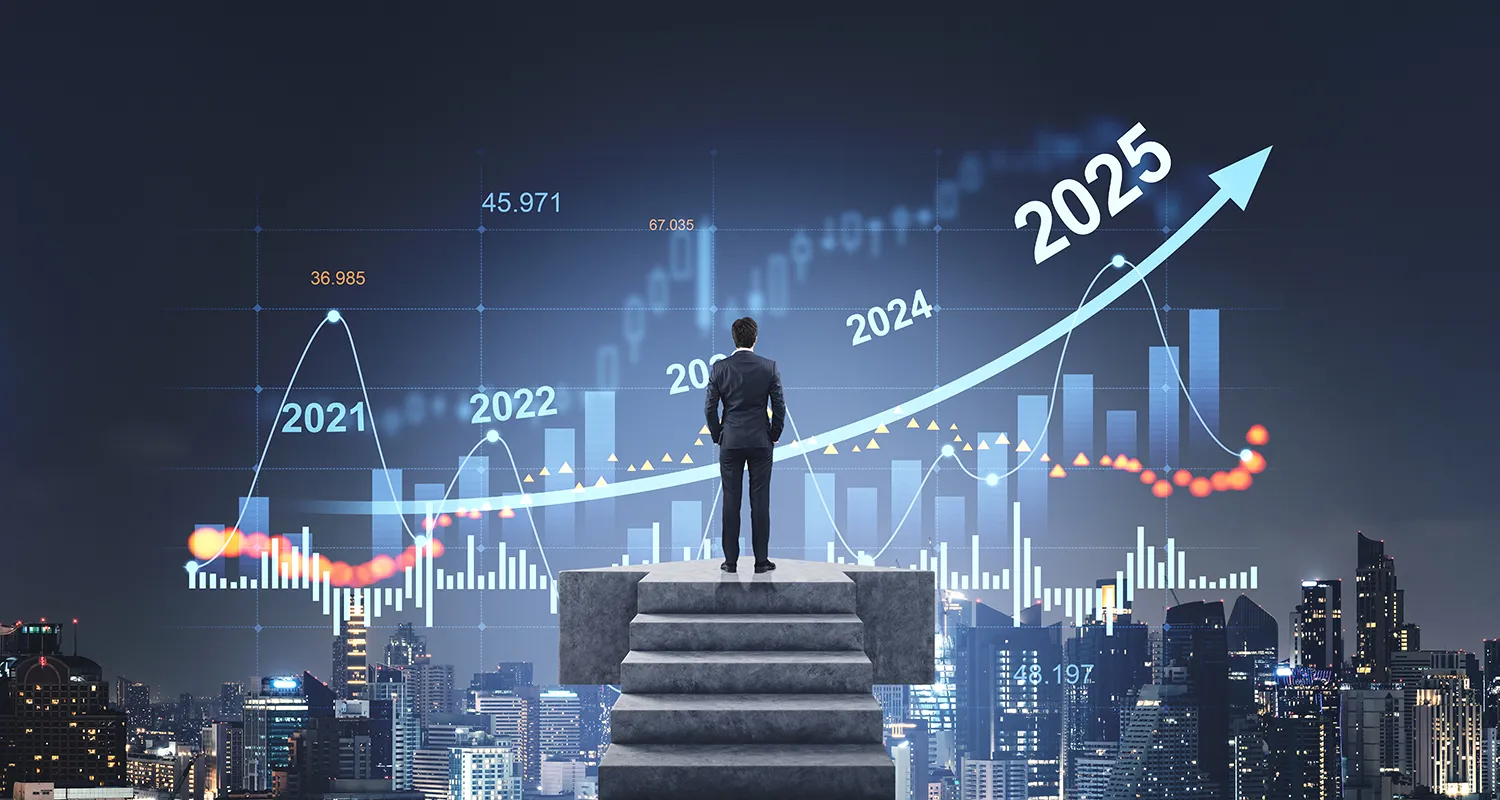
Flexible, Asset-Backed, and Transparent
Most DFA issuers currently use the technology for short-term financing—up to one year—with repayment at maturity. According to the regulator, about 70 percent of the market volume is issued by financial-sector participants.
Every DFA is backed by a real-world asset, and the diversity of offerings continues to expand. In the first quarter of 2025, there were 998 registered instruments. These can represent virtually anything—real estate, collectible wine, artwork, gold, or debt obligations. As Denis Polyakov of GMT Legal noted, 'the possibilities are limited only by the imagination of lawyers and the investment appeal of each case.'
Unlike cryptocurrencies, the DFA market is tightly regulated by the Bank of Russia and operates within a clear legal framework. All transactions are recorded on blockchain, providing full transparency and preventing tampering or theft. That makes DFAs especially attractive to investors seeking higher yields with greater accountability.
From Experiment to Financial Ecosystem
The DFA sector has grown from a small pilot to a recognized segment of Russia’s financial market. In 2023, raising 60 billion rubles was seen as an optimistic scenario. Back then, only ten registered information system operators (ISOs) were authorized to issue and manage DFAs. Today, that number has nearly doubled to eighteen, including major players such as Atomize, Sberbank, Lighthouse, Alfa-Bank, Masterchain, Tokeon, SPB Exchange, T-Bank, and VTB Capital Trading.
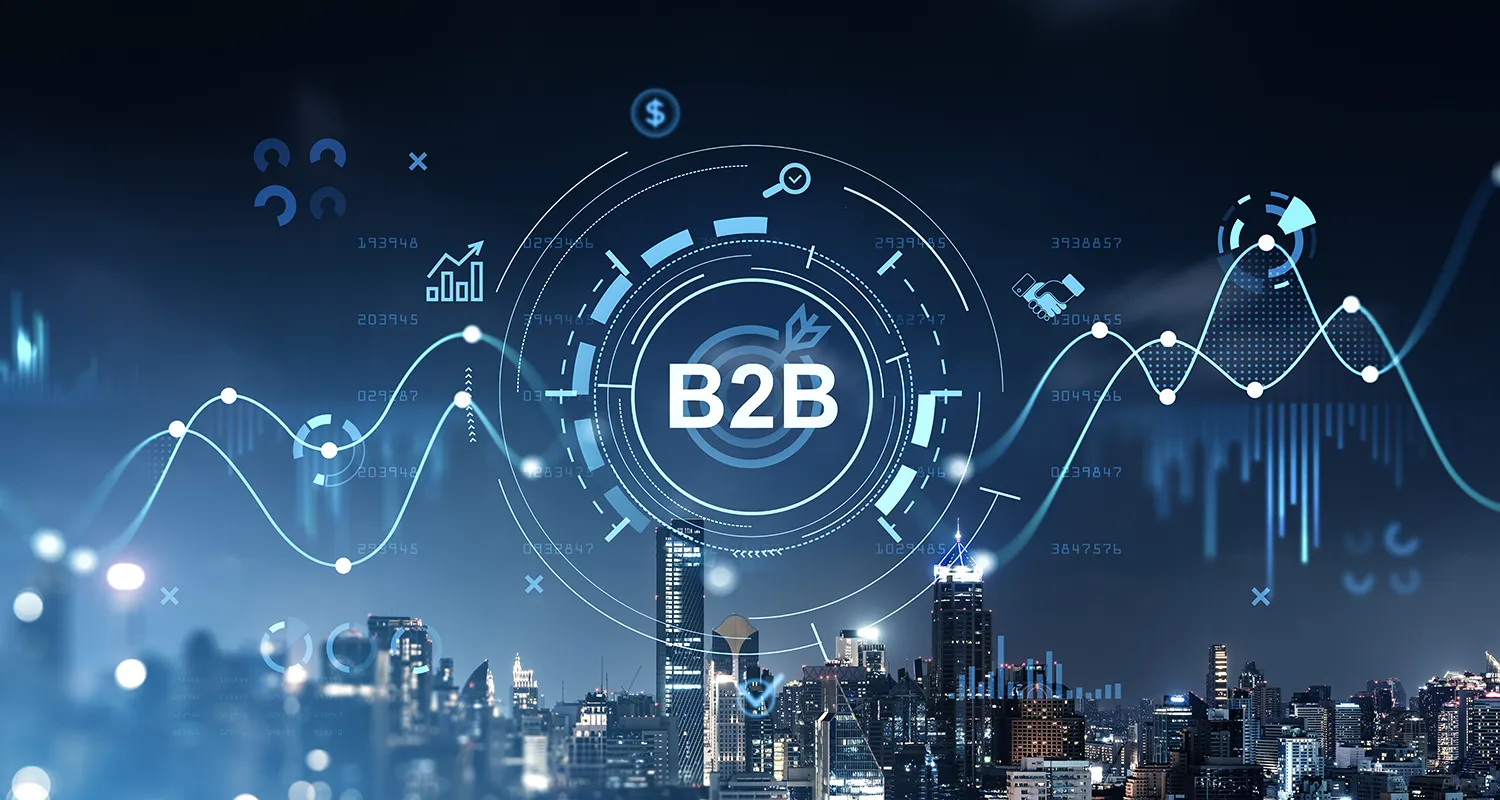
User activity is also rising rapidly. In the first quarter of 2025 alone, the number of registered participants grew by 20 percent compared to the previous quarter. Half of all users are private investors, showing that DFAs are no longer viewed as experimental—they are now part of diversified investment portfolios.
Experts predict the market could exceed 1–2 trillion rubles ($11–22 billion) by 2030. The full rollout of the digital ruble and the development of a secondary DFA market are expected to drive this next stage of growth.
